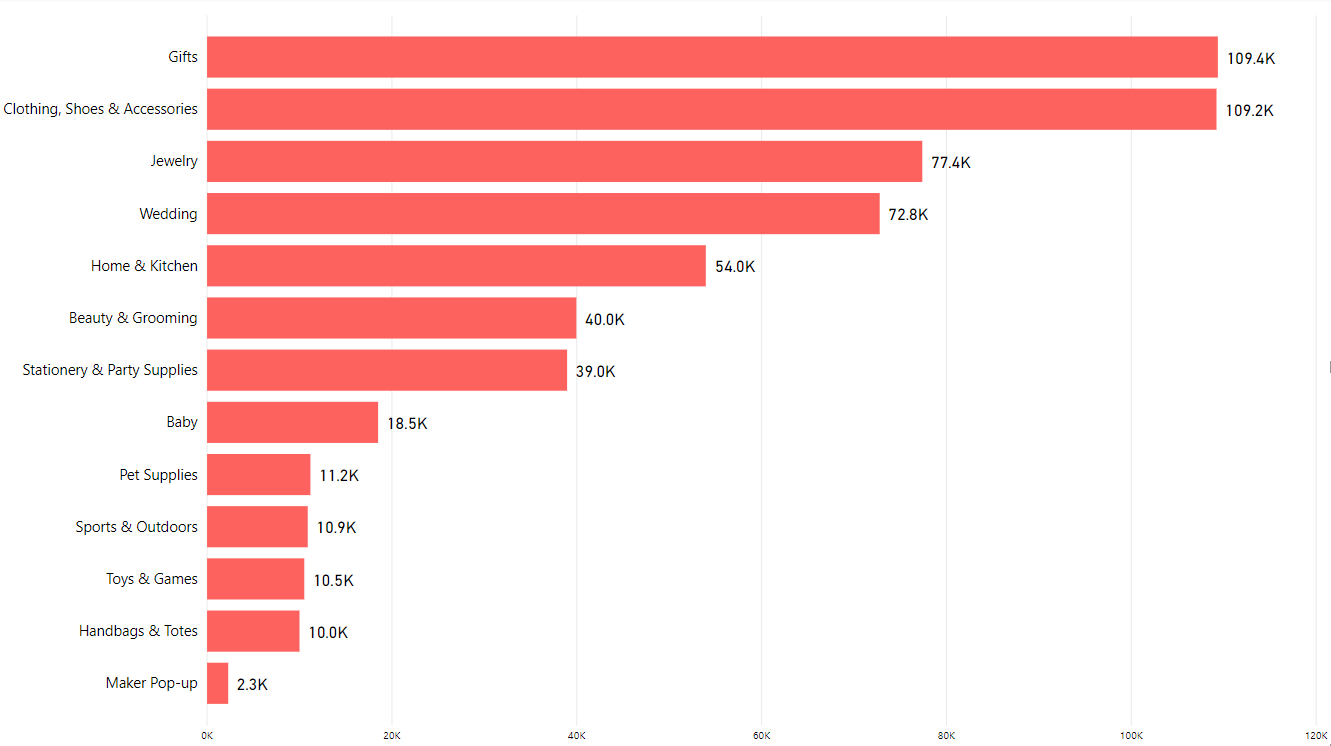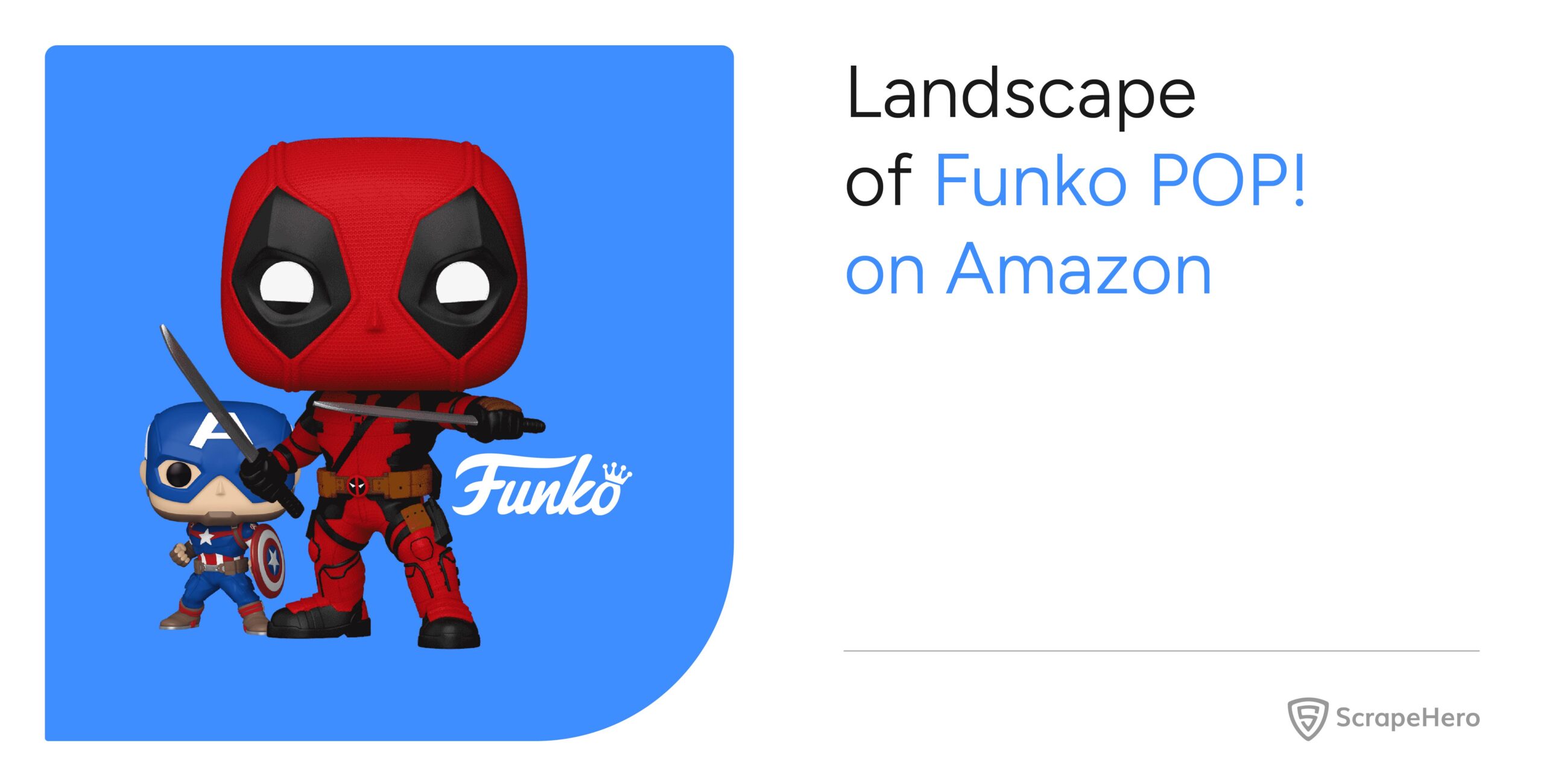Amazon has the reputation of making and breaking trends in online retail. From making shopping cheap to reinventing digital fashion, they have made some bold decisions over time. Amazon also has made it abundantly clear that they want to control all aspects of eCommerce and has launched many tangential offerings to capture all mature and emerging areas in this space.
Amazon Storefronts, Launchpad, Handmade and Exclusive, are services designed to help independent producers. merchants and small brands stay within and grow with the Amazon ecosystem.
Amazon Storefronts
In September 2018, Amazon launched Storefronts, a landing page that aims to feature small and medium-sized businesses from the US. The E-commerce giant has also signed up to the official retail partner of Shark Tank, a show meant for investing in aspiring entrepreneurs and their ideas. Amazon Storefronts are specifically designed for small and medium-sized businesses who could use a platform to sell their products before shelling out money for an independent setup. It has established a separate section highlighting small businesses and features a curated collection of unique products.
With Storefronts, merchants and third-party sellers will have their own page on Amazon.com. Customers can search for products by category or an occasion and view results offered by market sellers. The e-commerce giant claims that there are around 1 million products available under Storefronts, where new curators and artisans are highlighted every week.
Being a face for thousands of online stores can help gain trust with consumers, which is the main reason behind Amazon promoting small and medium scale businesses. The sales of small retailers have doubled since they started selling on Amazon. Yet, there are a couple of alternatives to Storefronts where businesses can sell their custom-made products online:
Amazon Handmade
Amazon always thinks about the long-haul. Amazon Handmade was introduced in 2015 as a way for artisans to sell their products. It even had Amazon Prime shipping for most items. When Amazon Handmade started, the website launched with 5,000 sellers and had around 80,000 products up for sale. Amazon claims more originality and quality for handmade goods as compared to sites such as Etsy and eBay that offer mass-produced craft. Ever since, Amazon has been expanding its handmade product line, biting into the monopoly of platforms such as Etsy.
We broke down the size of Amazon Handmade and found out that it has expanded across 13 categories offering over half a million items. In 2015, it started with barely 80,000 items, but as Dec 12th, 2017, it has a total of 567,775 products. These come from thousands of artisans and business owners across the U.S. and 60 other countries. The graph below shows product count across top categories in Amazon Handmade.

Pricing and Rating for Handmade Products:
Pricing Summary
To be sold under Handmade, products need to satisfy specific criteria, such as being 100% handcrafted and original. This ensures that buyers get to buy unique, creative products. Handmade is a great place to find gifts for your family at good and affordable prices. We looked into the price range of products sold at Handmade:

The prices at which products are sold under Handmade are pretty modest. 52% of the products fall between $15-$50. Among the top 4 categories with the highest number of products, apparel and gifts are mostly priced below $50.
Ratings Summary
The chart below shows the general rating of products across all categories. Almost 40% of the products have a rating between 3.5 and 4.5. Around one-third of the products have a rating above 4.5.

Impact of Handmade on Etsy.com
Etsy which started in 2005, almost with a 10-year head start to Handmade has around 45 million items and 1.93 million active users.
When Amazon started Handmade, many wondered what it would mean for those who sell and shop on Etsy, the niche e-commerce site focused on vintage and unique merchandise. It was speculated that Amazon Handmade could threaten the success of sites like Etsy and eBay.
Etsy allows handcrafted items to be made and/or designed by sellers, whereas Amazon Handmade strictly requires products to be made entirely by hand and not from a kit by the seller.
In spite of all this, customers are demanding more mass-produced goods. Sellers tend to lean towards Amazon because of the amount of traffic it generates and the spectrum of products it offers. Since Etsy has a tighter control over a seller’s SEO and visibility, it is harder for a new seller to get their product to top listings. With Amazon, a seller has more power and flexibility while marketing their products.
Amazon can come with its caveats. As it already has millions of products on its site, the chances of getting featured are lower. Listings on Handmade can also feature on Amazon Storefronts. Since Handmade isn’t a standalone site, the competition gets harder. Selling at Amazon Handmade is pricier than on its competitors. Sellers need to pay Amazon $40 per month to get started while on Etsy it’s only $0.20 for each listed item.
Etsy has a total of 14 million products on its website. The graph below shows the number of products on sale at Etsy.com:

Amazon Launchpad
Amazon has been partnering with startups from around the world since 2015. It is a new service that allows entrepreneurs and investors to bring a new product to the market, generate sales and make early investments. Launching your startup with Amazon can help position your brand better and get discovered faster.
Amazon Launchpad has two core purposes – giving way for customers to find new and innovative products and letting vetted startups boost their sales. We looked into products sold under Amazon Launchpad on Amazon.com. It has an impressive product line with 2,945 products.

Vendors at Launchpad are not just selling products. They are selling their story by creating narratives for their brands. The product pages for Amazon Launchpad are aesthetically compelling, with videos and Q&A’s, which helps immensely with customer engagement. Amazon Launchpad is now available in several marketplaces across Asia and Europe. By expanding Amazon Launchpad program into new markets, Amazon is enabling companies to scale quicker overseas.
Launchpad has the most number of items under ‘Tech’ with 1,000 unique products. We also found that there are 754 brands already available on Amazon Launchpad. Here are the top 25 brands with the highest number of products:

Amazon Exclusive
Amazon Exclusives launched in 2015 is a program offered by Amazon that lets sellers partner directly with it. It offers sellers more exposure and support for their brand while agreeing to sell exclusively through the retail giant. With Amazon’s effort to expand its private labels, the retailer is revving up more exclusive products on its site.
A total of 728 products are currently available (as of December 12th, 2018) across Exclusive categories.

Amazon Exclusives have the most number of products under ‘Home’, followed by Beauty and Electronics.
In a lot of ways, Amazon’s services are comparable to those of the traditional retail shopping experience. As startups and small businesses are beginning to think more globally, e-commerce companies are focusing on their brand value. Personal feedback forms and email surveys have been replaced by generic online reviews and live product conversations. With all these changes in the pipeline, one could hope that buyers would soon get the best of both worlds.
For more Amazon data or any other data from e-commerce websites, get in touch with us using the form below.
We can help with your data or automation needs
Turn the Internet into meaningful, structured and usable data







